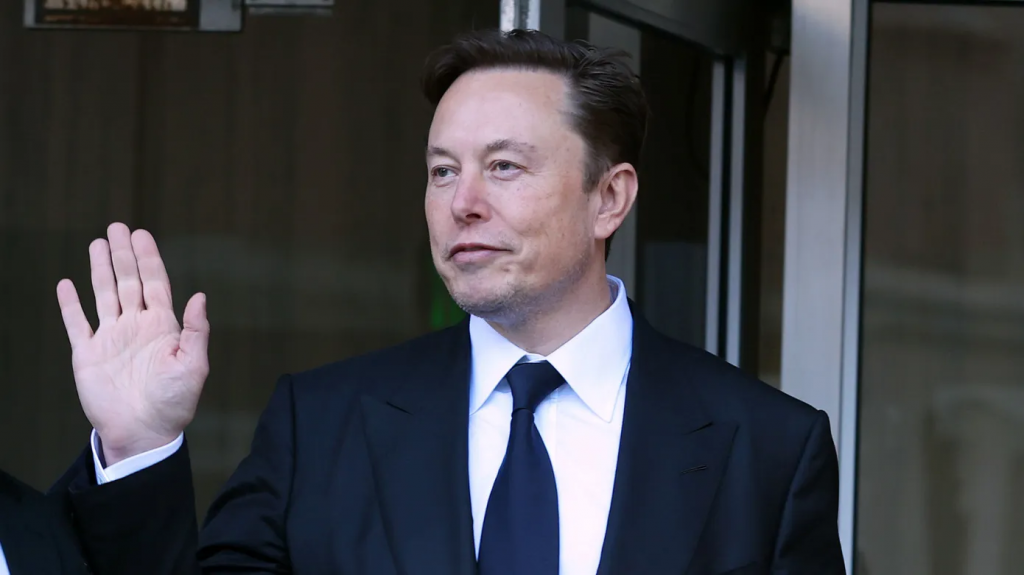The financial world is abuzz with reports of investigations led by the Securities Exchange Commission (SEC) and federal prosecutors, delving into the potential use of Tesla funds to construct a covert glass house for none other than the company’s CEO, Elon Musk, in Austin, Texas.
Unearthed by a Wall Street Journal exposé, this situation casts a spotlight on a project veiled as “Project 42,” as authorities seek to ascertain whether the intended purpose of the glass edifice was to bestow personal privileges upon Musk.
Of particular interest to investigators is whether the project amounted to a personal perk for Elon Musk, given the nickname “The Elon Whisperer,” who has wielded significant influence within Tesla’s realm. Notably, the US Attorney’s Office in New York dispatched subpoenas to several current and former Tesla employees, a move reflecting the seriousness of the inquiries. Bloomberg, in parallel, has revealed that the SEC has initiated a civil inquiry into potential misappropriation of funds and benefits involving the world’s wealthiest individual, Elon Musk.
The investigation is currently in its preliminary stages, with no formal allegations or charges yet levied against Tesla. The heart of this scrutiny revolves around “Project 42,” a clandestine endeavor that, as previously reported by the WSJ, took on various forms, including a twisted hexagonal design and a vast glass structure resembling an Apple store aesthetic. The trail leading to this situation originated from a purchase order for specialized glass material worth millions, which raised internal alarms and prompted the investigative process, first disclosed by Bloomberg in July 2022.

Intrigue further surrounds Omead Afshar, a prominent figure often dubbed “The Elon Whisperer,” who had significant responsibilities overseeing Tesla’s Gigafactory in Texas and firefighting efforts. Afshar faced scrutiny following the discovery of the questionable glass material order. He, like others linked to the situation, faced the possibility of losing his position within the company, a predicament outlined by Bloomberg. Subsequent updates revealed Afshar’s transition from Tesla to SpaceX, where he is contributing to the development of the Starship deep-space rocket. Media reports also draw connections between Afshar and X, formerly known as Twitter, with his account sporting the company logo and the role of “The Elon Whisperer.”
Musk’s association with Texas extends beyond the glass house speculation, with his residence moving to a compact 400-square-foot unit on his SpaceX premises. Despite his prior declaration in 2020 to “own no house,” Musk’s living arrangements seem to have taken a different trajectory. Furthermore, Musk’s aspirations extend beyond his rumored glass domicile; he envisions the creation of a town named Snailbrook in Bastrop County, southeast of Austin.

Beyond Musk’s personal affairs, federal prosecutors are delving into Tesla’s performance claims, a response to revelations indicating that Tesla cars often fall short of their advertised range estimates. Additionally, the company is under scrutiny for claims made by the cars’ own equipment. The US Department of Justice’s investigation seeks to evaluate whether Tesla potentially exaggerated the capabilities of Autopilot and Full Self-Driving (FSD) and if the company bears responsibility for fatal accidents linked to these systems.
In conclusion, the convergence of investigations surrounding Tesla, Musk’s endeavors, and the company’s performance claims reflects the intricate web of accountability that intertwines the visionary CEO, the electric vehicle company, and the broader legal landscape.
As these inquiries unfold, they underscore the heightened scrutiny on both personal and corporate matters, shedding light on the intricacies of governance and transparency within the realm of innovative technology and financial responsibility.


